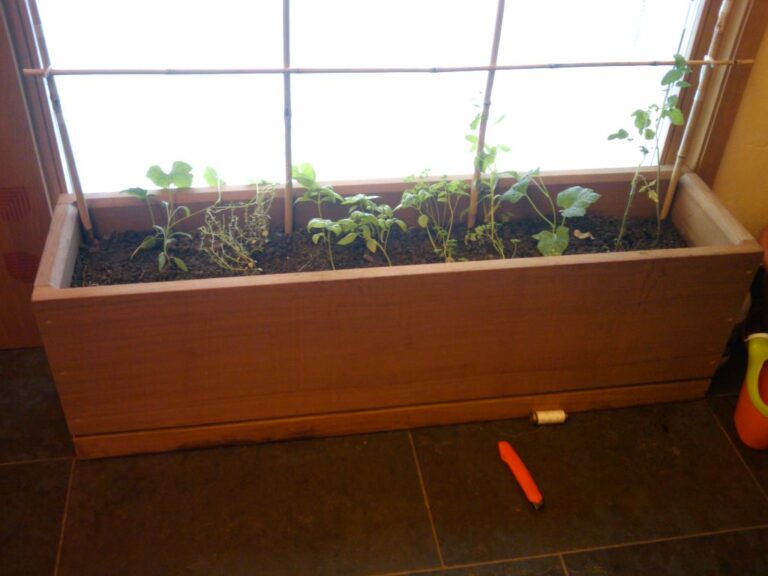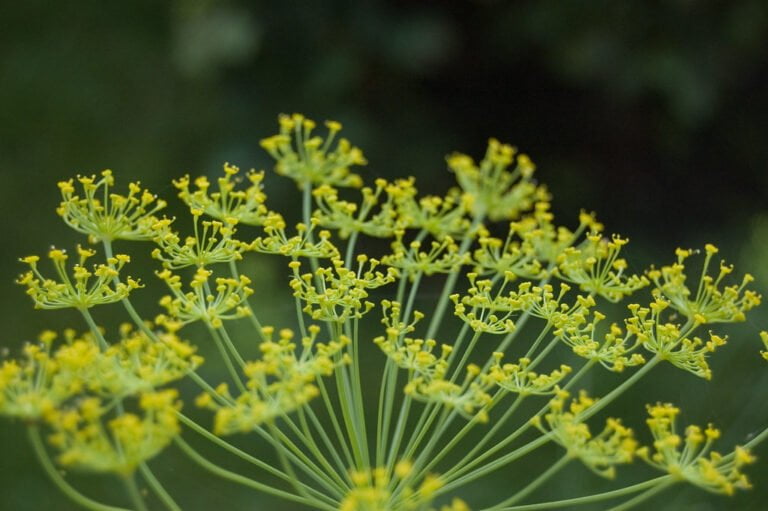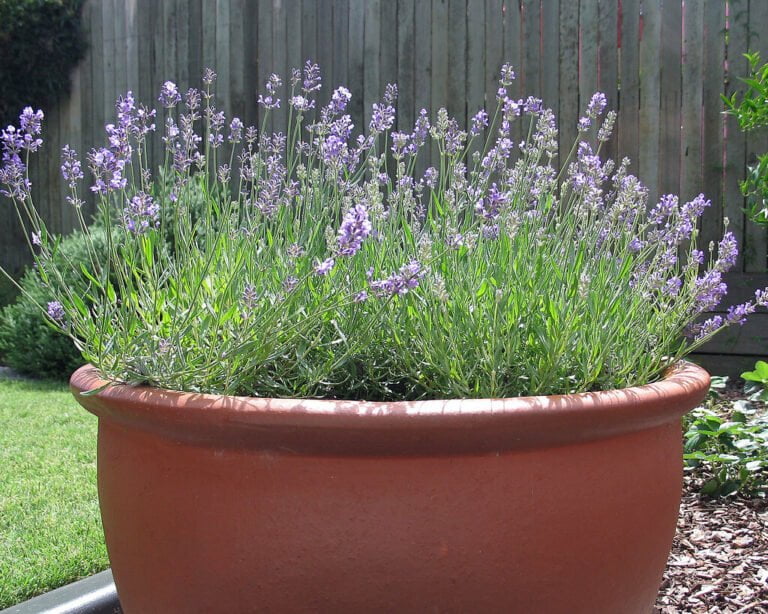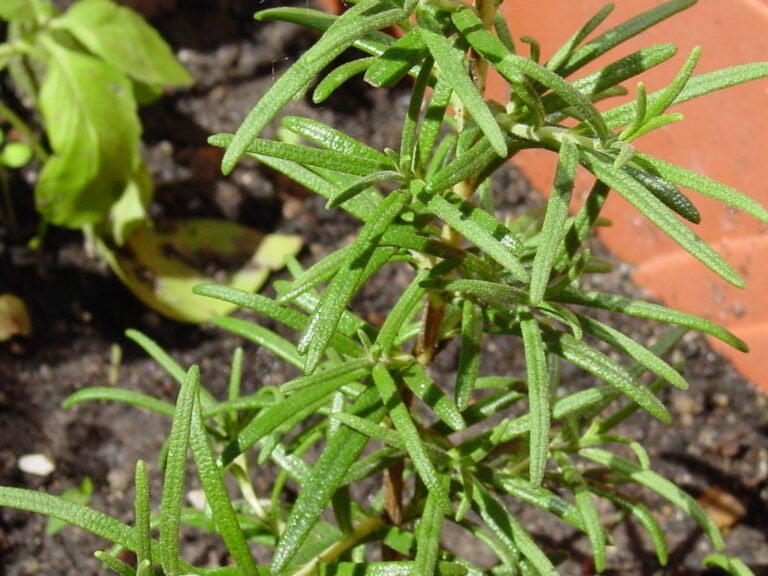Identifying and Treating Common Pests and Diseases in Herb Gardens: A Guide to Companion Planting for Pest Control
Identifying and treating pests in herb gardens is essential for healthy plants. Use companion planting with marigolds to repel aphids and whiteflies. Lavender attracts beneficial insects like ladybugs. Select herbs like basil and mint for natural pest control. Recognize diseases early to prevent spread. Opt for disease-resistant herb varieties and practice good sanitation. Neem oil, garlic spray, and diatomaceous earth are effective natural remedies. Pair mint and thyme with your herbs for pest resistance. By understanding common pests and diseases in herb gardens, along with companion planting techniques, you can effectively control pests and maintain garden health.
Understanding Common Herb Garden Pests
Identifying and understanding common herb garden pests is crucial for effective pest management and preserving the health of herb plants. When planting herbs, utilizing companion planting techniques can help deter pests and promote plant growth. Certain plants have natural abilities to repel or confuse pests, making them ideal companions for herb cultivation. For example, planting marigolds alongside herbs can help repel aphids, whiteflies, and other harmful insects due to their strong scent. The strong aroma of marigolds confuses pests, making it more challenging for them to locate their target plants.
Incorporating flowering plants like lavender or dill in herb gardens can attract beneficial insects such as ladybugs and lacewings. These insects are natural predators of common herb garden pests like aphids and caterpillars, helping to keep pest populations in check without the need for chemical intervention. Understanding which plants work well together and which ones deter pests can significantly impact the health and productivity of herb gardens.
Implementing Companion Planting Strategies
To effectively implement companion planting strategies in herb gardens, gardeners must carefully select and pair herbs and flowers based on their pest-repelling properties. Including a variety of companion plants in the garden can help deter pests naturally. Herbs like basil, mint, thyme, and oregano are known for their strong scent that can help repel insects, while flowers such as marigolds and geraniums attract beneficial insects like ladybugs and lacewings that feed on harmful pests.
When planning companion planting, it’s crucial to take into account the specific needs of each herb or flower. For instance, basil and tomatoes make excellent companions as basil helps to enrich the flavor of tomatoes while also deterring pests that commonly affect tomato plants. Planting marigolds near beans can help reduce the risk of bean beetles due to the marigold’s natural pest-repelling properties.
Creating a companion planting scheme in a raised bed can further boost the benefits. Raised beds provide better drainage and soil structure, which can promote healthier plant growth and reduce the risk of diseases. By strategically placing companion plants in the garden, herb gardeners can establish a balanced ecosystem that supports plant health and minimizes the need for chemical interventions.
Identifying Herb Garden Diseases
In herb gardens, recognizing signs of diseases early is key to maintaining plant health and preventing further spread. Herb garden diseases can manifest in various forms such as powdery mildew, root rot, fungal infections, and bacterial leaf spots. Symptoms to look out for include discolored leaves, wilting, mold growth, or stunted growth. Proper identification of herb garden diseases is critical for effective treatment and prevention strategies.
To effectively manage herb garden diseases, it is vital to implement the following practices:
- Sanitation Practices: Regularly clean tools, remove diseased plant debris, and avoid overwatering to prevent the spread of diseases.
- Selection of Disease-Resistant Varieties: Opt for herb varieties known to be resistant to common diseases in your area.
- Crop Rotation: Rotate the location of herbs each season to disrupt disease cycles and prevent pathogens from building up in the soil.
- Proper Identification: Learn to identify common herb garden diseases early to take prompt action.
- Companion Planting: Plant herbs that attract beneficial insects or repel pests to help prevent disease outbreaks in your garden.
Natural Remedies for Pest Control
When combating pests in herb gardens, utilizing natural remedies can be an effective and environmentally friendly approach to pest control. Neem oil, known for its insecticidal properties, is particularly useful in controlling aphids, mites, and other herb garden pests. By applying neem oil as directed, one can effectively manage these common pests without resorting to harsh chemicals. Another natural remedy is garlic spray, which acts as a deterrent for pests such as caterpillars, beetles, and aphids while leaving beneficial insects unharmed.
Diatomaceous earth, a non-toxic powder made from fossilized algae, is a great option for eradicating slugs, beetles, and other crawling pests in herb gardens. When sprinkled around plants or on the soil, diatomaceous earth effectively dehydrates and kills insects upon contact. Additionally, planting garlic or chives near susceptible herbs can help repel pests like spider mites, aphids, and whiteflies due to their strong aromatic properties.
For a more holistic approach, consider introducing beneficial insects like ladybugs, lacewings, and predatory mites into your herb garden. These insects prey on common herb garden pests, helping to control infestations naturally without the need for chemical interventions. By incorporating these natural remedies and practices, you can effectively manage herb garden pests while maintaining a healthy and thriving garden ecosystem.
Maximizing Pest Prevention With Companion Planting
By strategically interplanting herbs and flowers, one can effectively boost pest prevention in herb gardens. Companion planting plays an essential role in creating a diverse and balanced ecosystem that naturally repels common garden pests. Here are some ways companion planting can help maximize pest prevention in herb gardens:
- Beneficial Herbs: Herbs like mint, thyme, and oregano are known for their pest-repelling properties. Planting these herbs alongside other plants can help deter pests such as aphids, cabbage worms, and beetles.
- Attract Pollinators: Flowers like marigolds and geraniums not only add beauty to the garden but also attract beneficial insects like ladybugs and lacewings. These insects feed on harmful pests, contributing to natural pest control.
- Trap Crop Strategy: Utilize trap crops like nasturtiums to lure pests away from your main herb garden. This sacrificial planting strategy can help protect your herbs from being infested by pests like the tomato hornworm.
- Plant Pairings: Consider interplanting herbs and flowers that complement each other. For example, planting basil near tomatoes can improve the tomatoes’ flavor while also deterring pests that commonly affect tomato plants.
- Sustainable Pest Control: Embracing companion planting over chemical pesticides promotes a healthier and more sustainable herb garden ecosystem. Over time, this approach can lead to fewer pest problems and a more resilient garden.






